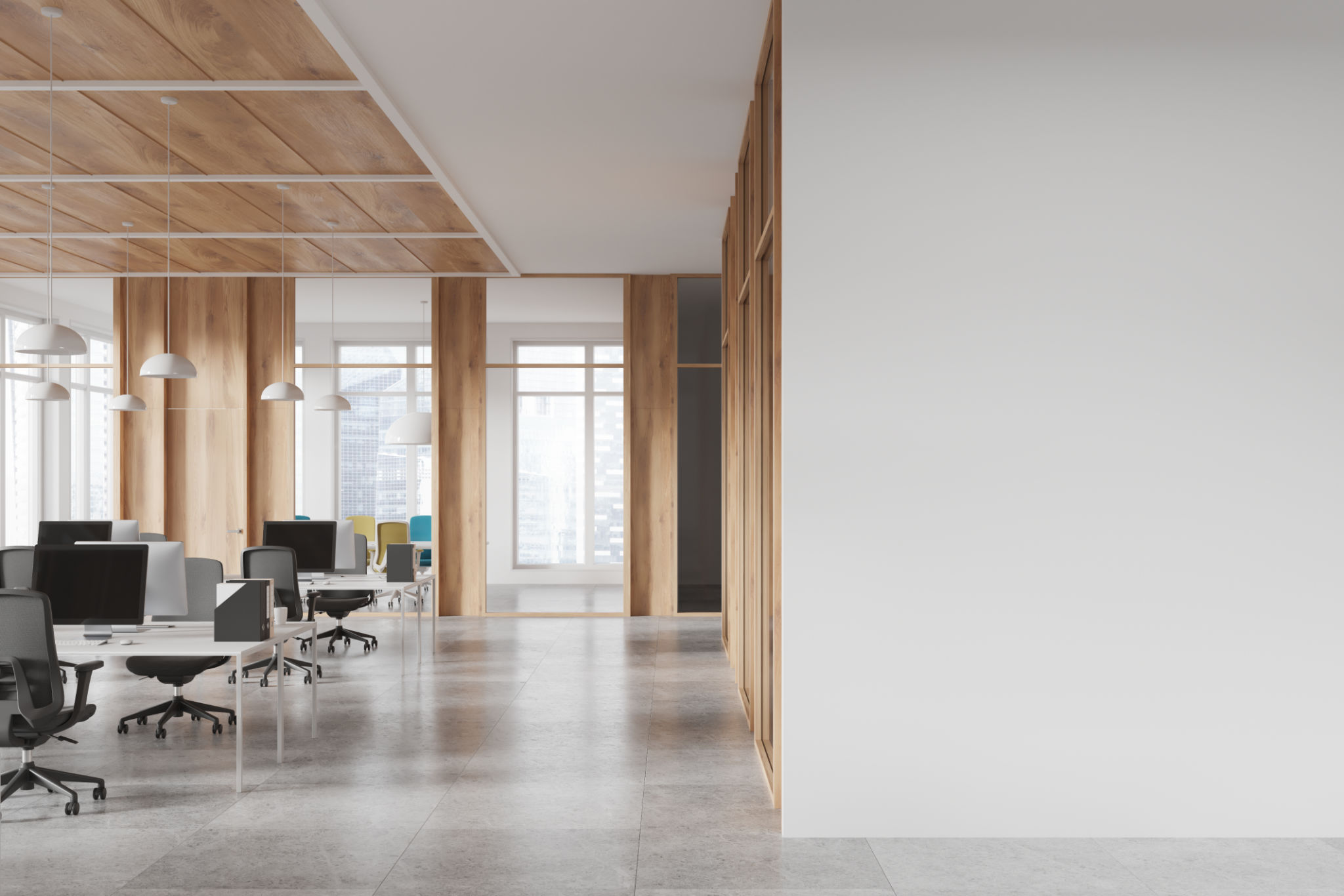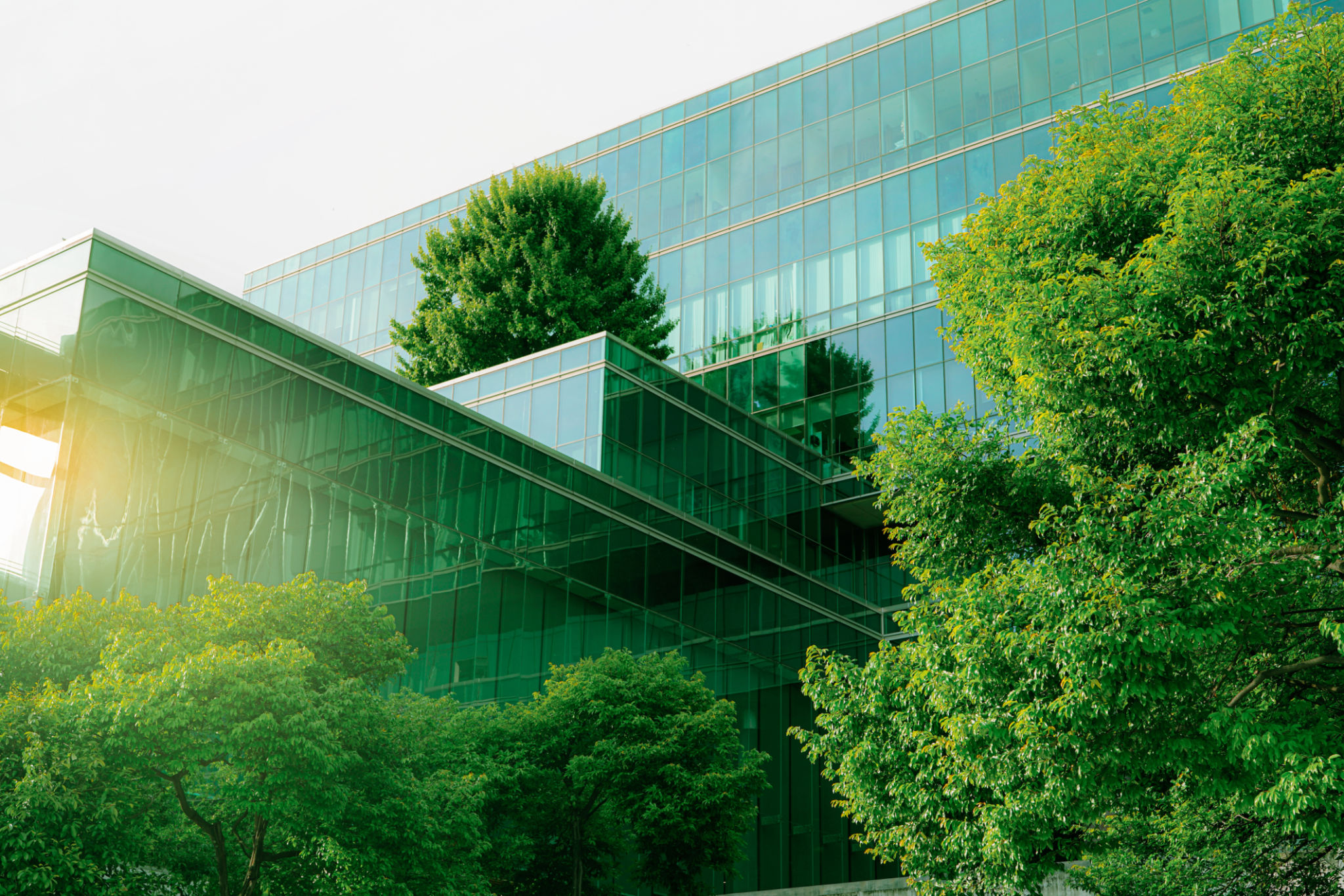Case Study: Successful Office Refurbishment Projects in Malaysia
Introduction to Office Refurbishment in Malaysia
Office refurbishment projects in Malaysia are gaining traction as businesses recognize the benefits of modernizing their workspaces. A well-executed refurbishment can enhance productivity, improve employee morale, and reflect a company's brand and values. This case study explores some successful office refurbishment projects across the country, highlighting key strategies and outcomes.

The Importance of Planning and Design
A critical component of any refurbishment project is thorough planning and design. Successful projects often begin with a detailed needs assessment to understand the specific requirements of the business. This process involves engaging with employees to gather insights on what changes could improve workflow and comfort.
Design plays a pivotal role in transforming an office space. In Malaysia, many companies are opting for open-plan layouts that encourage collaboration and communication. Incorporating elements like natural lighting, ergonomic furniture, and vibrant colors can make a significant difference in how an office functions and feels.
Case Study: Tech Company Transformation
One notable example is the refurbishment project undertaken by a prominent tech company in Kuala Lumpur. The company aimed to create a workspace that fostered innovation and teamwork. By removing traditional cubicles and introducing collaborative zones, they successfully redefined their office environment.
The use of cutting-edge technology, such as interactive whiteboards and video conferencing facilities, further enhanced the workspace, enabling seamless communication within the team and with clients worldwide.

Budget Management and Cost-Effectiveness
Managing the budget effectively is crucial for the success of any refurbishment project. Companies need to strike a balance between investing in quality materials and staying within financial constraints. In Malaysia, many businesses have found success by sourcing local materials, which not only reduces costs but also supports the local economy.
An example is a financial services firm in Penang that managed to refurbish its office without overspending. By prioritizing essential upgrades and negotiating with local suppliers, the firm achieved a modernized look while remaining cost-effective.
Eco-Friendly Considerations
Sustainability is becoming a key consideration in office refurbishments. Malaysian companies are increasingly incorporating green practices into their projects, such as using energy-efficient lighting and recycled materials. These eco-friendly choices not only reduce the environmental impact but can also lead to long-term cost savings.

The Impact on Employee Well-being
An often overlooked aspect of office refurbishment is its impact on employee well-being. A thoughtfully designed workspace can boost morale and reduce stress levels. In Malaysia, companies are increasingly focusing on creating environments that promote health and well-being through features like wellness rooms, standing desks, and indoor plants.
A case study from a marketing agency in Johor Bahru showed that after refurbishing their office with these elements, they noticed a significant improvement in employee satisfaction and productivity.
Conclusion: The Future of Office Refurbishment
The trend of refurbishing office spaces in Malaysia is likely to continue as businesses strive to adapt to changing work environments and employee expectations. With careful planning, a focus on design, budget management, sustainability, and employee well-being, companies can transform their offices into dynamic spaces that support growth and innovation.
By examining successful case studies, other businesses can glean valuable insights and apply these strategies to their own refurbishment projects, ensuring they remain competitive in an ever-evolving market.
